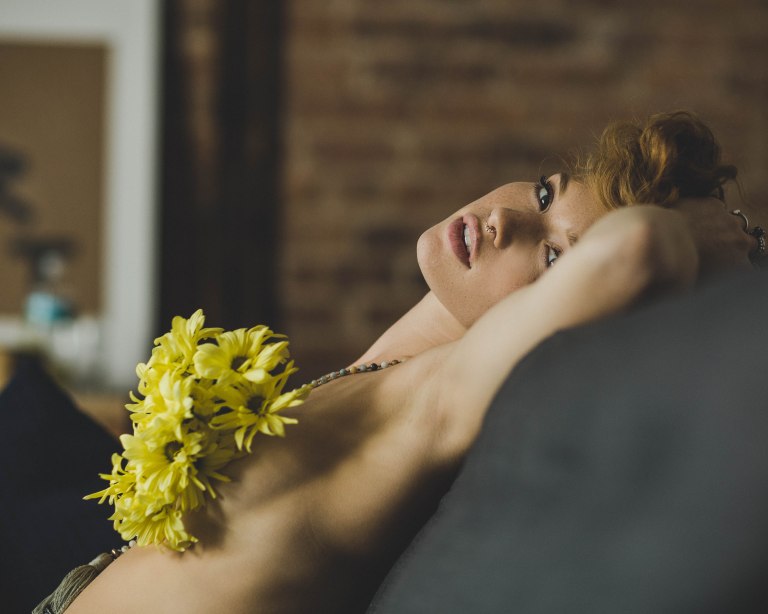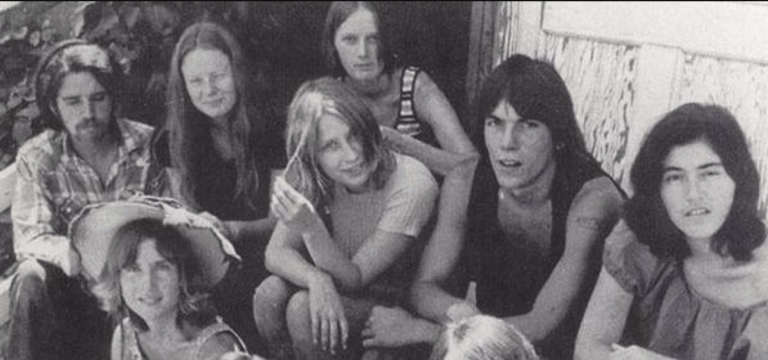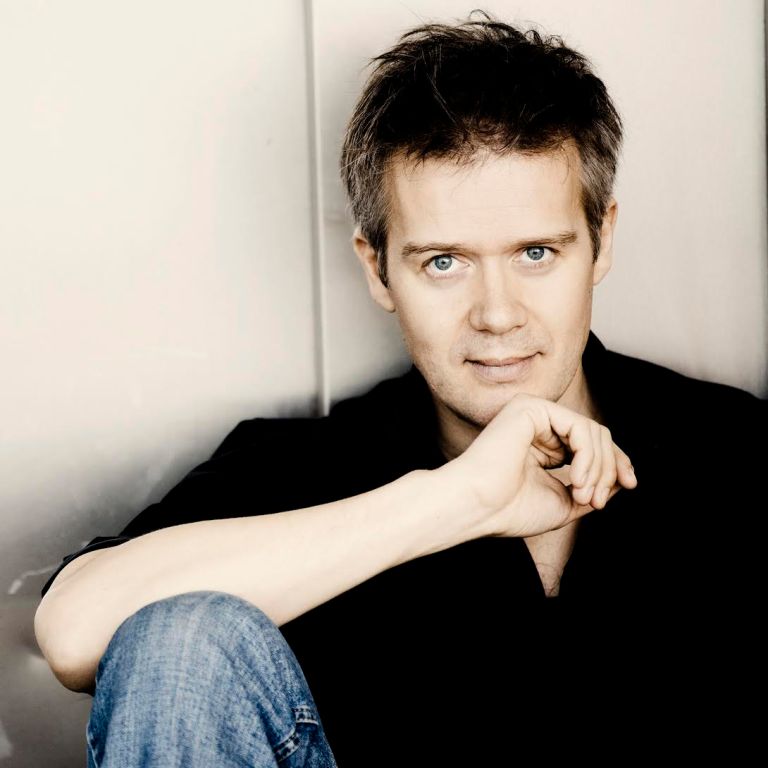Michel van der Aa: ‘No Lines To Cross Over Anymore’


‘We Must Use Everything We See And Hear’
Dutch composer-filmmaker Michel van der Aa’s The Book of Sand is a digital, interactive song cycle created to live online.
Launched last spring in its native online and app environments, the work is opening this week (on 2 March) in Lyon, France, at the Musée des Confluences. It’s devised there as a three-tiered creation to be watched and heard in whatever order you like, as on your own devices. In the museum, the physical installation at Lyon will show the work on three large screens. Audience members’ headsets will cue automatically the part of the score being watched on any one of the screens. The show is in Lyon until April 3.
Michel van der Aa
Meanwhile you can hear and see the whole thing at its site or on its app at the iTunes Store.
 What you’re watching is van der Aa’s interpretation of the Argentinian writer Jorge Luis Borges’ The Book of Sand and four other stories. It presents a circular tale of fateful fascination, a young woman—played by Australian Kate Miller-Heidke—who becomes wrapped up in an infinite loop of narrative, represented by sand, and mirrors, the facets of complex personality. As you watch the work, you can elect to have subtitles if you like in Dutch and English, and to see it in HD.
What you’re watching is van der Aa’s interpretation of the Argentinian writer Jorge Luis Borges’ The Book of Sand and four other stories. It presents a circular tale of fateful fascination, a young woman—played by Australian Kate Miller-Heidke—who becomes wrapped up in an infinite loop of narrative, represented by sand, and mirrors, the facets of complex personality. As you watch the work, you can elect to have subtitles if you like in Dutch and English, and to see it in HD.
From the text, which is sung in English:
Now we shall come out into another courtyard.
You’ll see a pool filled with sand,
the temple of the Axes and the sea.
Return to the first intersection.
You will soon see how the cellar branches out…I saw all of the mirrors on Earth,
And none of them reflected me.
You can read the text, in its entirety. Full of mythic radiance, it reads like another book, The Book of Revelations, for modern man and woman.
All this plays out with remarkable guile in van der Aa’s agile interpretation. The “cellar branches out” into such a forward echo of Asterion’s labyrinth that by the work’s end—hard to catch in a circular structure like this—Miller-Heidke has encountered herself in subterranean tunnels and in the dark reflection of a monolith eerily like that of Arthur C. Clarke’s 2001: A Space Odyssey.
We last spoke with van der Aa for his newly recorded concerto. He’s now working toward the March 21 premiere of a new operatic stage work, Blank Out, with the Dutch National Opera in Amsterdam, a “chamber opera for soprano and 3D film”: the baritone Roderick Williams is seen performing on screens film, and the soprano Miah Persson working live onstage—and recording herself so that she sings with herself in three iterations to create the entirety of her role. Blank Out is about South African poet Ingrid Jonker (1933-1965), a tragic, suicidal Plath-like figure in literature and South African culture.
Van der Aa’s 2008 operatic work, The Book of Disquiet, was given its Stateside premiere last month in Montclair, New Jersey, and prompted The New York Times’ James R. Oestriech to write, “memorable it will be, for its very strangeness.” In grappling with the work—which also includes extensive film work on screen—Oestreich writes us right into our own conversation with van der Aa, asking:
“How much do definitions really matter in classical music anymore, in an era of crossover, fusion and general experimentation? How much did they ever matter in opera, a form that subsumed masques, semi-operas, singspiels and the like?”
A great hallmark of van der Aa’s music is that word Oestreich has used and the composer tells me he really doesn’t care for: “crossover.”

‘So Important That We Not Restrict Ourselves’
Thought Catalog: Michel, some of the pop influences are quite strong in The Book of Sand, and, you’ve told me, in the upcoming Blank Out, as well.
Michel van der Aa: I really don’t like to distinguish anymore between genres. The wonderful thing about our time is that our generations are able to switch between Beyonce and Bach and Stravinsky. What I notice is that 20-somethings, 30-somethings don’t sense genres anymore. A lot of us composers and makers don’t think too much about it anymore. We use in our work what we need at the time.
For The Book of Sand, to make a kaleidoscopic thing, I needed to go, as you’ve heard, from something like straightforward pop song to more abstract electronics to a capella choir and everything in between.
Michel van der Aa
TC: There is resistance in places, though, isn’t there? How is the Concertgebouw these days? [I’m referring here to the Amsterdam’s great concert hall and its Royal Concertgebouw Orchestra, known worldwide for landmark performances and recordings of the classics.]
MvdA: Well, it’s difficult because they call it “crossover” [when performing more contemporary music] and I don’t think young people feel those lines between styles anymore. There are no lines to cross over anymore. They want to attract the younger audiences, so they make special concerts for them. And that doesn’t seem to connect to a larger vision. You see this everywhere, basically. They either have the multi-genre events or they have the more traditional. And you see very little enthusiasm.
But look at Stravinsky [1881-1971], he also had this enthusiasm, he worked with jazz. If he’d lived now, I’m sure he’d use everything he could. That’s why he’s such a great example for me. So would Mozart. And it’s so important that we not restrict ourselves to a language of looking-back. As makers living now, we must use everything we see and hear around us.

TC: In The Book of Sand, there’s less political issue—like the backdrop of apartheid in your new Blank Out piece on Ingrid Jonker—and more about exploring our personal relationships with ourselves, isn’t it?

MvdA: Yeah, the work of Jorge Luis Borge, you know some people consider him a very early prophet of the Internet. The stories are interlinked, hyperlinked, really, to other stories. I wanted to use his texts and his stories, his themes of mirrors and alter-egos and infinity. As you know, these things resonate for me.
TC: You must be quite a reader, you draw on so much literature for your work.
MvdA: Not as much as I wish. I love to read, there’s not enough time. On my holiday, I always try to catch up. Literature and film.
TC: It’s odd how reading is an art that doesn’t seem to speed up for us like film and good television do. With someone of such breadth and such a personal approach as yours, we begin to learn more about you over time, as well as about the other artists whose work you’re using.
MvdA: I’ve always found myself attracted to the ideas of alter-egos and mirrors, the possibility of visualizing and making visible an internal dialogue onstage. So in Blank Out, having the singer record herself on 3D film and then sing with herself—it’s another layer, and then another layer is recorded. Making visual the internal dialogue is a compositional style for me, it gives me the tools to bring a humanistic story across.

TC: And of course recording herself and singing with herself reflects the process we use so much in the studio today.
MvdA: Yes, she’s doing a trio with herself. And it’s quite interesting to see her supplement herself, as the previous layers of words and sentences [come together], at the end you understand the depth because it’s the reconstruction of memory.
TC: Miah must be having so much fun singing this performance.
MvdA: Well, I don’t know if fun is the word. If she makes a mistake, it comes back to her three times. [Laughs.]
TC: You’re not easy on your performers, are you? You’ve got Kate running around in the dirt on the dunes of Gran Canaria for The Book of Sand. And
MvdA: No, I’m not easy on them. [Laughs.]
TC: And you write such strong roles for women.
MvdA: I’m very drawn to women as protagonists. For one thing, I’m very fond of the female voice. They’re such an inspiration. Of course, so is Roderick Williams [in Blank Out], but the soprano voice is so close to perfection.

TC: I see in your female protagonists such strength but also confusion and uncertainty, this seems very authentic.
MvdA: True, but that’s the same for males, too. It’s a time of great uncertainty. Of course, the voice we hear is female, of course, but what I want to say is not female or male, these topics.
TC: And when you put together something like The Book of Sand, you’re on-site. You’re directing the film work, yourself. Sand looks really difficult to film on the dunes.
MvdA: It was kind of stressful, yeah. We had only four days, but we managed. We had a wonderful team and good preparation, so we squeezed it out.
TC: The internal shoots were done in Amsterdam?
MvdA: In The Netherlands, right, in Amsterdam and in an old fortress nearby.
TC: And the final rendering of it is seamless. You must be very proud of this work.
MvdA: [Laughs.] I’m a perfectionist, so there always are some little things I see. But I’m proud that it’s available online and that people everywhere can see it. Go to the Web site or download the app. This is a very low threshold. I’m also very fond of a live performance. I couldn’t only do digital work like this. But I’m pretty sure I’ll do another piece that resides on the Internet like this one. ![]()

Be sure to have a look at The Book of Sand. View it free here in whatever order you’d like to take it—its instructions are there when you arrive. To download the app edition, click here. It’s a coproduction and co-commission of the Holland Festival and Sydney Festival, with the Nederlands Kamerkoor under the direction of MaNOj Kamps.



